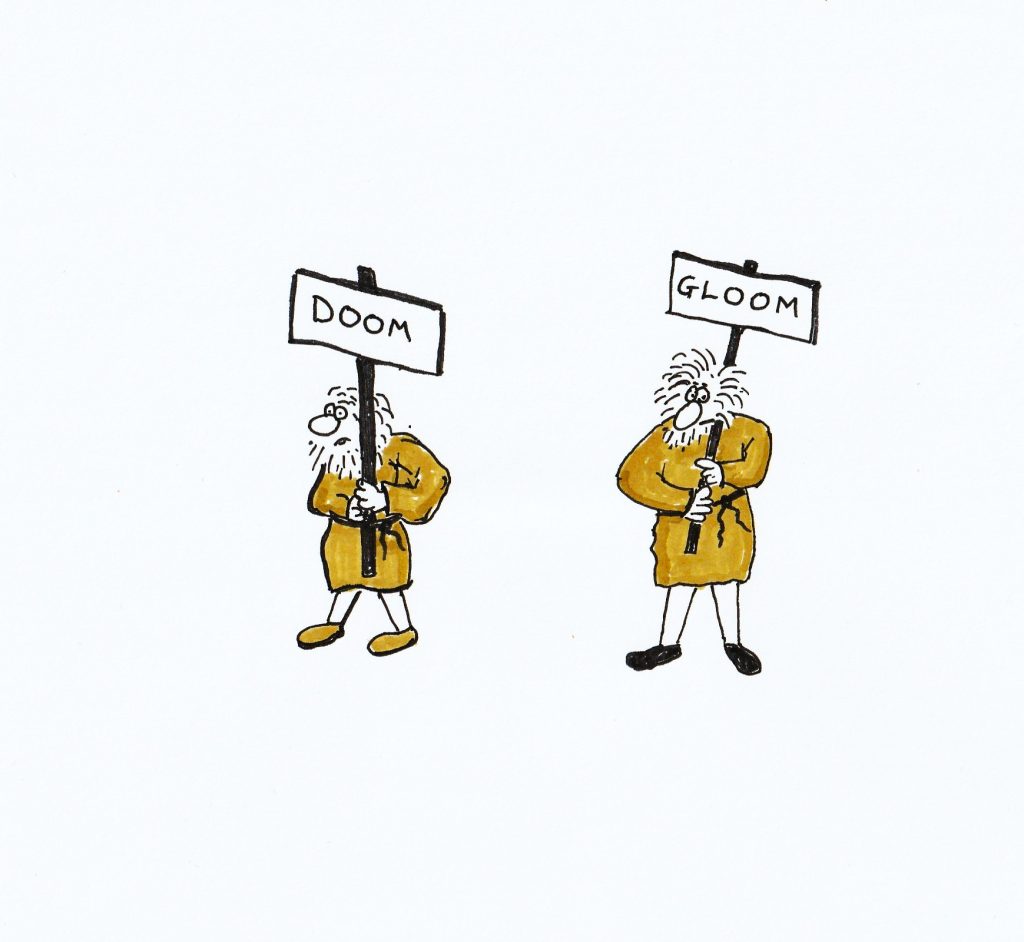October has historically been a month of significant stock market volatility, with notable crashes occurring in 1929 and 1987
Now we are already part way through October 2024, investors are understandably cautious, wondering if history might repeat itself.
1929
The Wall Street Crash of 1929, also known as the Great Crash, began on 24th October 1929, with Black Thursday, followed by Black Tuesday on 29th October 1929. The Dow Jones Industrial Average (DJIA) plummeted nearly 13% on Black Monday and an additional 12% on Black Tuesday.
This crash marked the beginning of the Great Depression, a period of severe economic downturn that lasted for over a decade. The 1929 crash was precipitated by a combination of speculative investments, excessive leverage, and a lack of regulatory oversight, leading to a massive sell-off as panic spread among investors.

1987
In contrast, the stock market crash of 1987, known as Black Monday, occurred on 19th October 1987, when the DJIA dropped by 22.6% in a single day. Unlike the 1929 crash, the 1987 crash did not lead to a prolonged economic depression. Instead, it was a sharp correction in an otherwise strong bull market. The causes of the 1987 crash included program trading, overvaluation, and market psychology.
The rapid recovery following the crash was aided by swift intervention from the Federal Reserve, which provided liquidity to stabilize the markets.
Comparing these historical crashes to today’s stock market, several differences and similarities emerge. The current market environment is characterized by high valuations, geopolitical tensions, and concerns about inflation and interest rates.
However, today’s markets are also more resilient due to advanced technology, better regulatory frameworks, and more sophisticated risk management practices.
The likelihood of a significant stock market crash in October 2024 is difficult to predict. While some analysts argue that the market is due for a correction, others believe that the underlying economic fundamentals remain strong.

The lessons from 1929 and 1987 highlight the importance of investor psychology and the impact of external shocks on market stability.
Conclusion
In conclusion, while October has a notorious reputation for stock market crashes, the probability of a crash in October 2024 is uncertain. Investors should remain vigilant, diversify their portfolios, and avoid speculative investments to mitigate potential risks.
By learning from past crashes, we can better navigate the uncertainties of the current market environment and prepare for any potential downturns.








